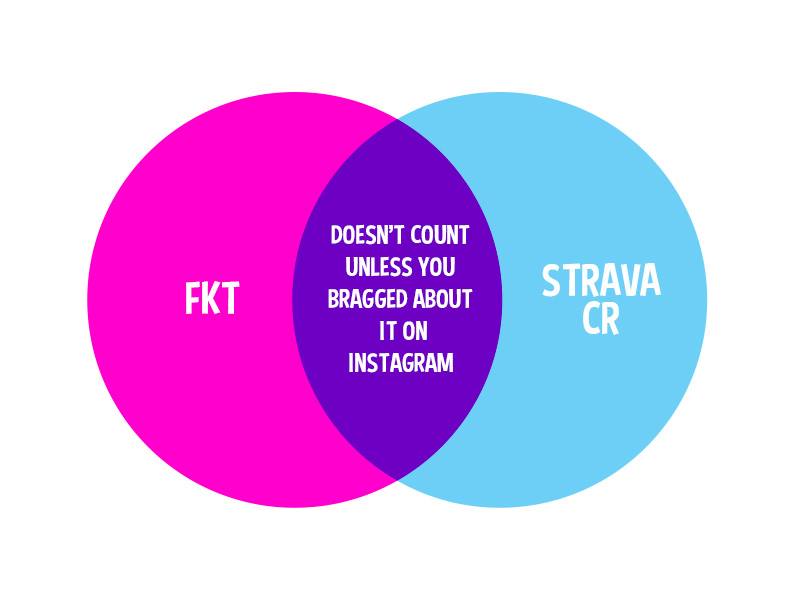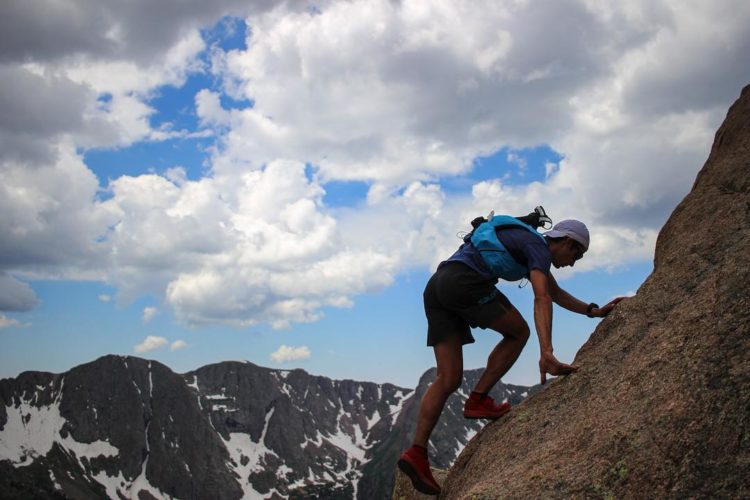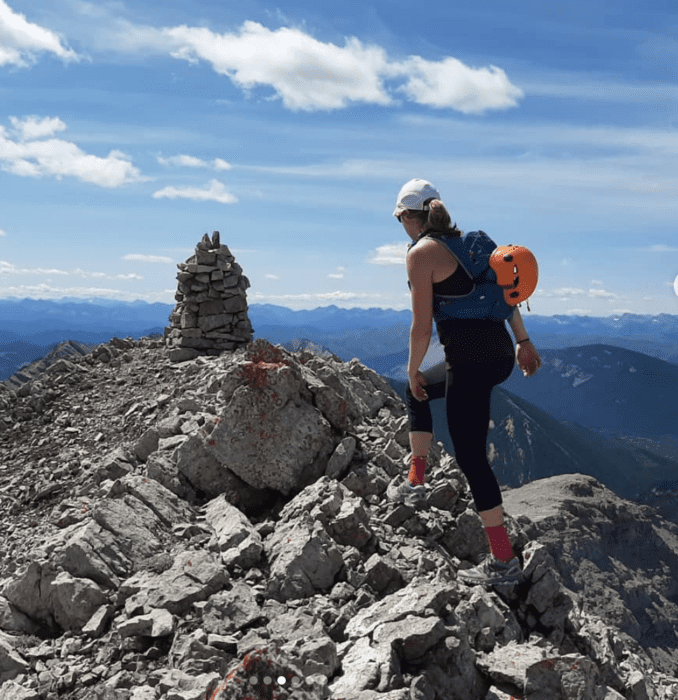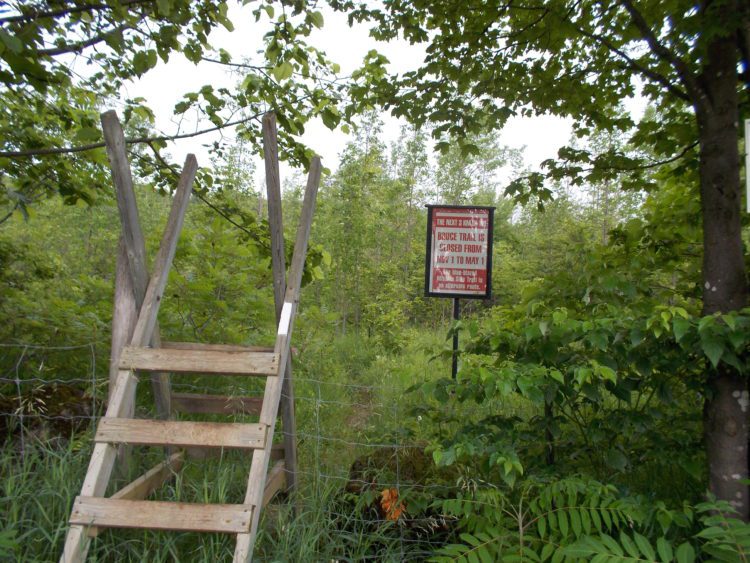FKT or Strava CR?
As Fastest Known Times (FKTs) and Strava segments increase in popularity, we want to know if there is a difference

Fastest Known Time (FKT) culture is booming on the trails and on social media screens. At the same time, Strava segments are popping up on all your favourite singletrack. Much of the fun is that both worlds have loose guidelines and few rules. People can use the notion of FKTs as well as Strava segments to push themselves beyond what they previously thought possible. Considering all this overlap between FKT routes and Strava segments, is there even a difference?
RELATED: New FKT on Alberta’s Livingstone Range Traverse

The history of FKT culture involves big routes and adventures. It involves a respect for the route and previous record holders (if any). In 1998, Americans Peter Bakwin and Buzz Burrell set out on a 500-mile speed attempt on the Colorado Trail. Bakwin dropped at 330 miles and Burrell finished in 11 days, 16 hours and 13 minutes. Unsure of whether it was the fastest time ever, they created the term FKT to “leave the door open for some great athlete who was off the radar and did it in the pre-Internet era.”

FKT culture remains rooted in ultra-distances on the trails and in the mountains, and when the best mountain runner in the world starts to tackle FKTs, it’s inevitable the culture will grow. In 2009, 21-year-old Kilian Jornet set the 165-mile Tahoe Rim Trail FKT in 38 hours and 32 minutes, after winning UTMB and the Skyrunning World Series. Jornet prefers the term record, over race, as “it’s possible someone has run faster and not published or told it to somebody.”

Since then, trail running has more than doubled in popularity. Ricky Gates has even created his own FKT Project, collecting belt buckles (traditional 100-mile finisher medals) for completing traditional FKT routes such as Half Dome, the Grant Teton, and the Grand Canyon rim-to-rim-to-rim. The rugged and ultra-distance nature of FKTs continues to saturate its popularity. FKTs are often synonymous with major thru-hiking accomplishments, familiar to legends like Heather Anderson.
RELATED: New FKT on West Coast Trail
Also in 2009, Strava emerged as a way for endurance junkies to track, share, and create routes for their sport of choice. Since 2009, the social fitness network has been an increasingly popular training tool for athletes to push limits on segments of any distance. Anyone can create a segment–from the Pacific Crest Trail to the remote roads of Tajikistan. And just because a segment exists, does not mean you need to chase it.

Strava is a great tool for recording and verifying FKTs if you want have your achievement publicized. When Strava pops up with that crown telling you that you got the course record (CR) for the segment, it can feel just as fancy as achieving an official FKT. However, Strava segments don’t care whether your CR is supported, self-supported, or unsupported. FKTs often require months or years of preparation, and no one is there to celebrate the finish line. So, if Strava emails you saying Susan just stole your CR, that does not guarantee she also has the FKT.
Karl Woll, creator of Outdoor Vancouver and manager of Canada’s FKT site, is keen to promote anything athletes send him, which includes the plethora of segments seen on Strava. Woll thinks “the nature of FKTs is they are a friendly competition that don’t have any hard or fast rules, and the looseness of it is partly what makes them so great. An FKT should be something beyond a simple Strava segment, but I really just leave it open to whatever people send in to me.”
https://www.instagram.com/p/B0qv398nOPo/
If a Strava segment exists, does that make it eligible to be an FKT route? What distinguishes a Strava segment CR from an FKT? One distinction could be that when thinking of FKTs, think of Canada’s 900K Bruce trail. When thinking of Strava CRs, think of your favourite backyard loop. As FKTs and Strava segments increase in popularity, perhaps more rules will be necessary in order to distinguish the two. Until then, the overlap keeps it both fun and tough on the trails and in the mountains.


